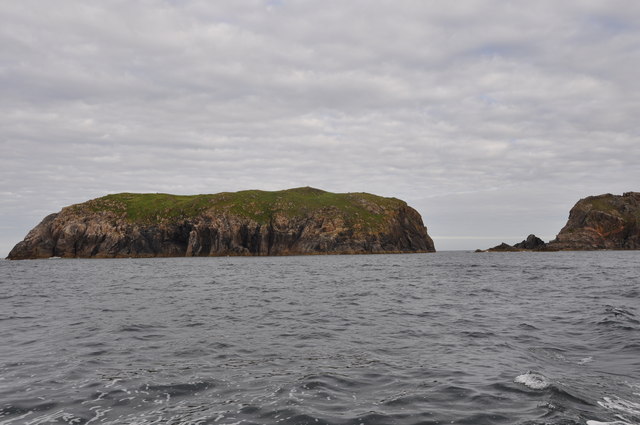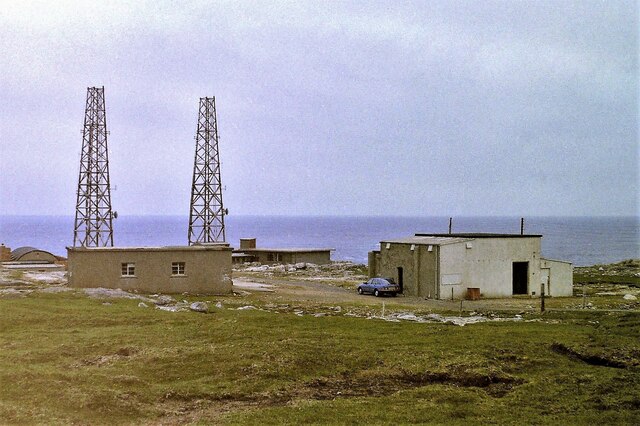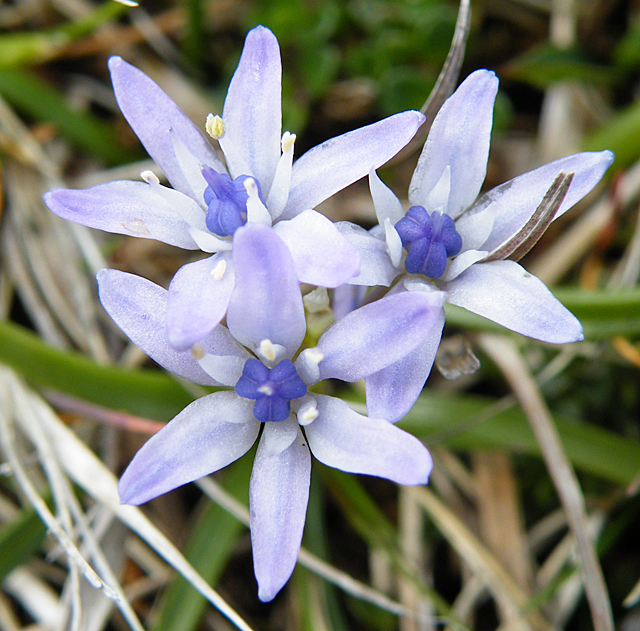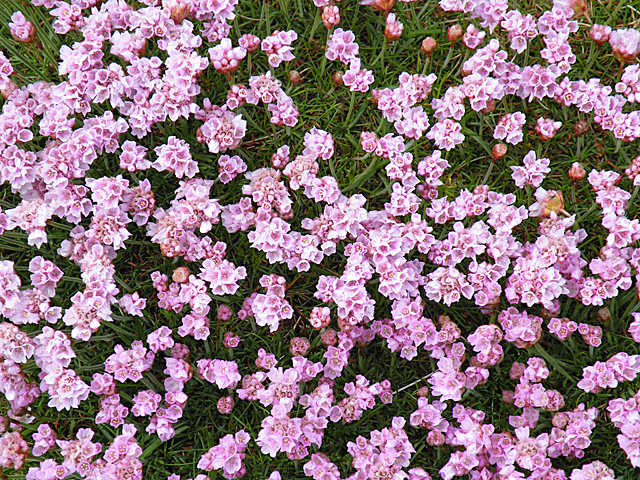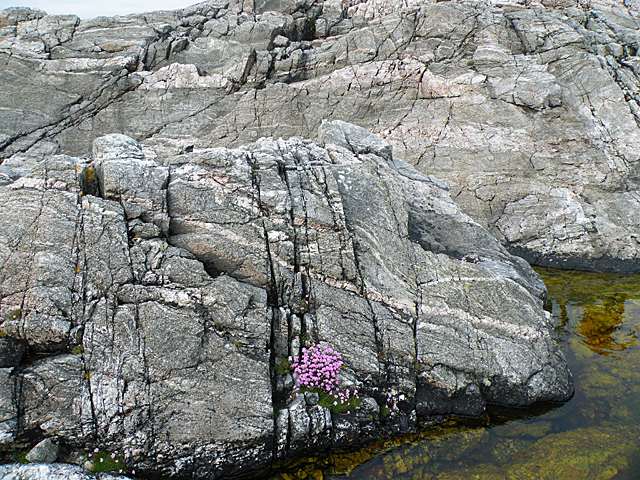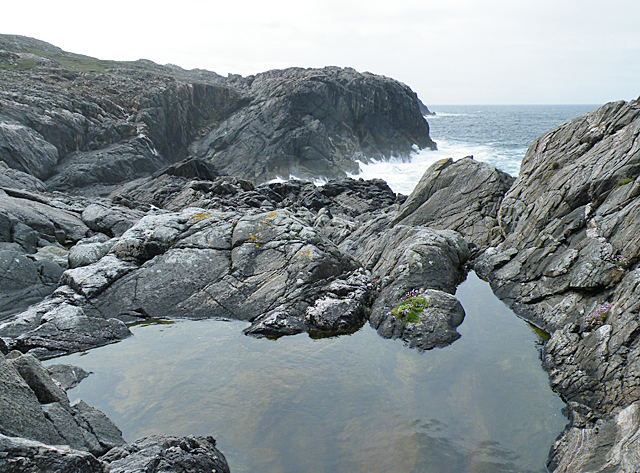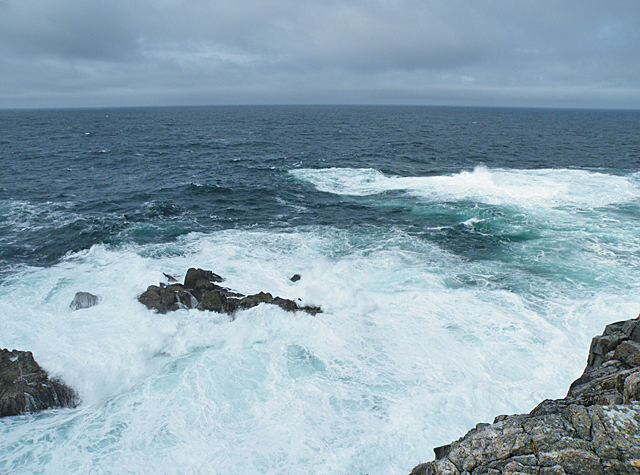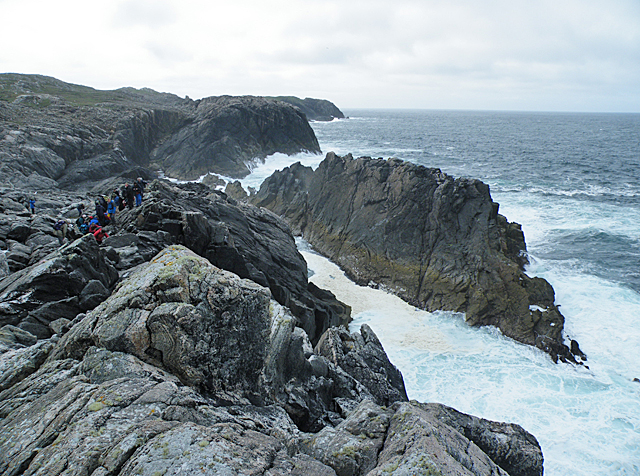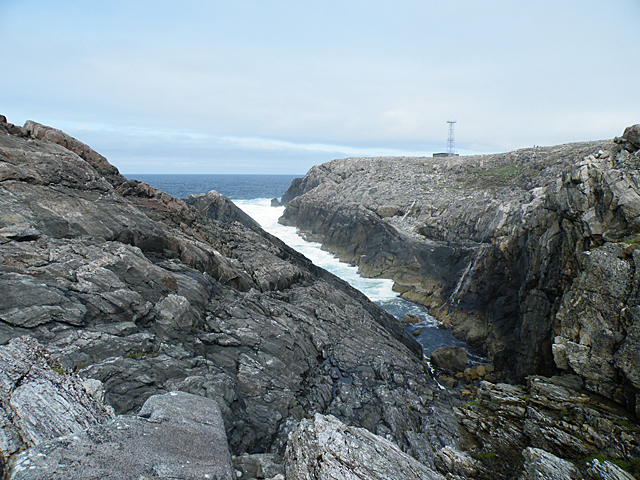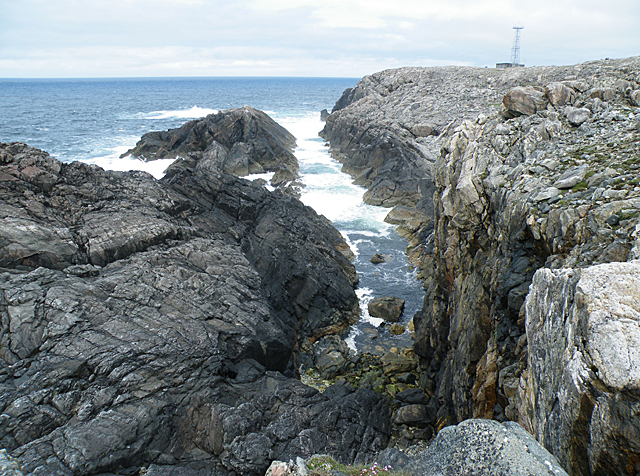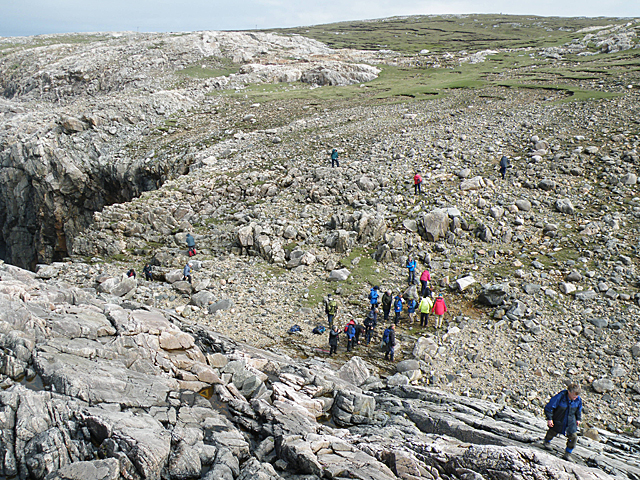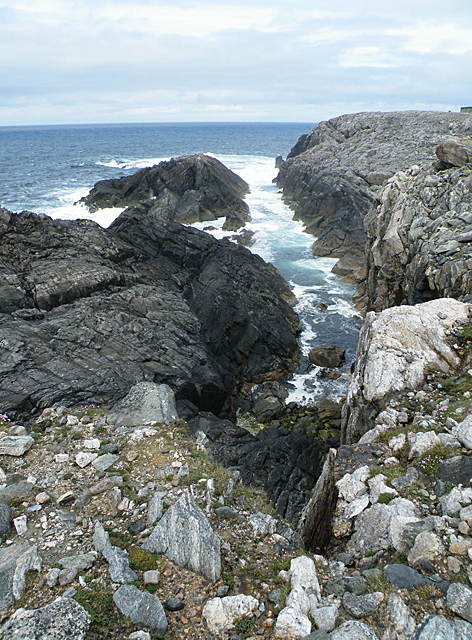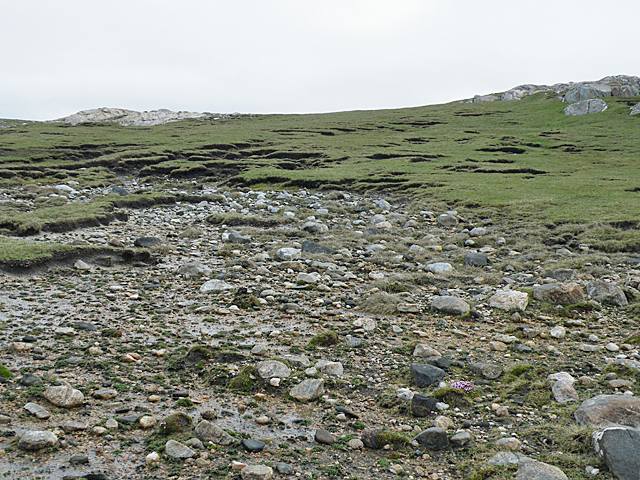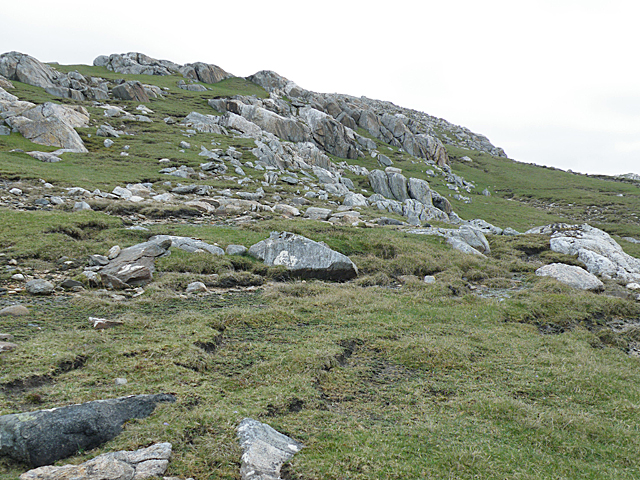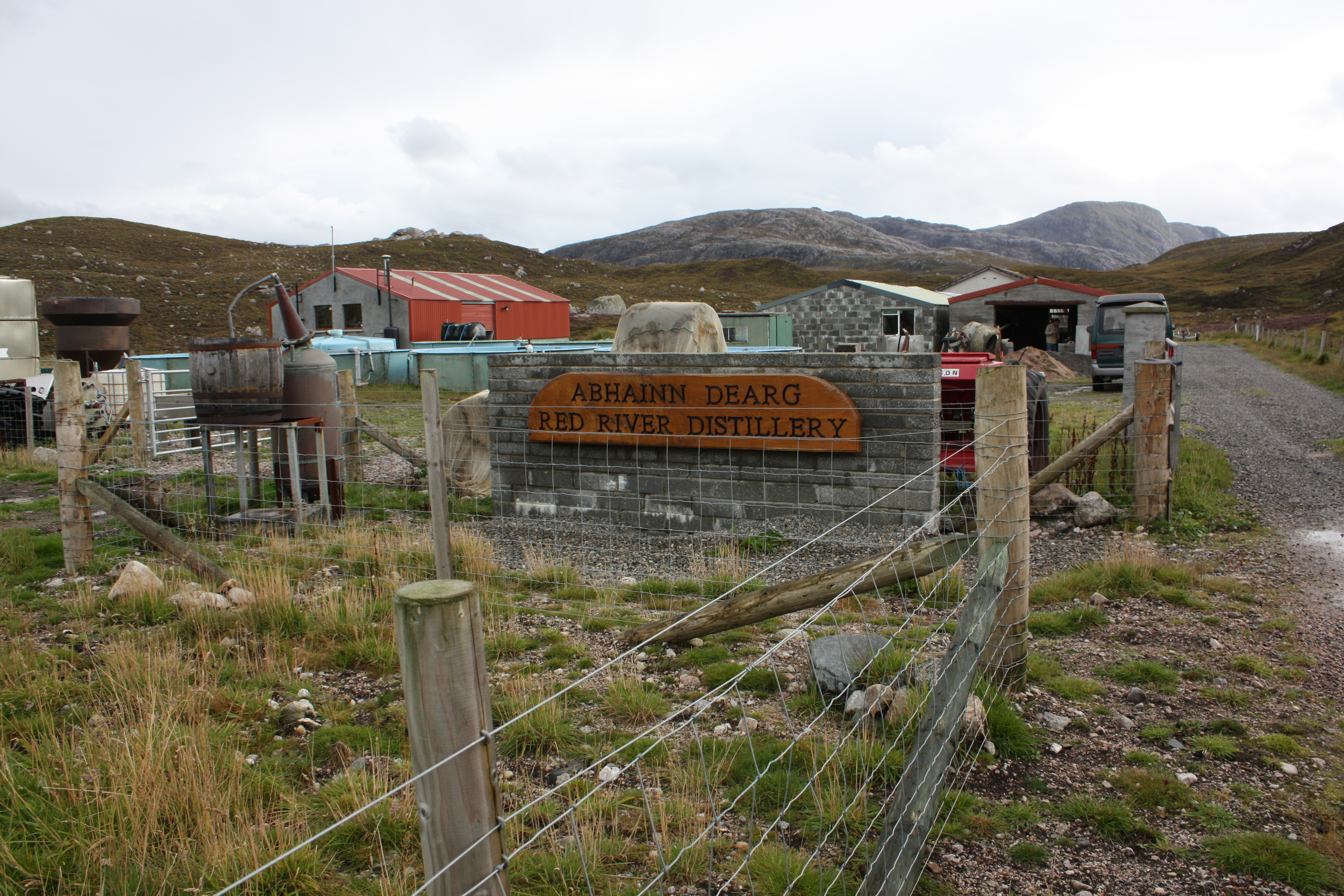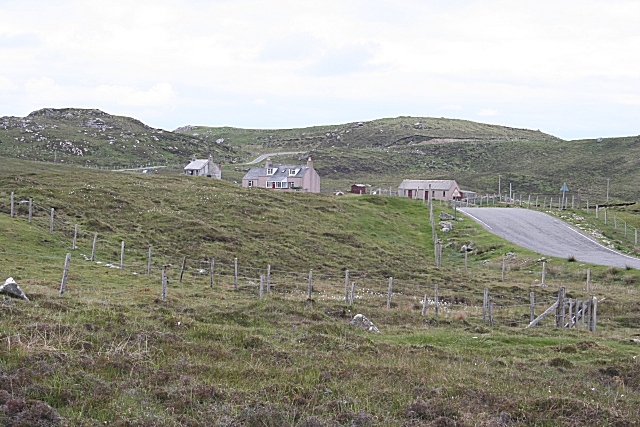Sloc an Duilisg
Coastal Feature, Headland, Point in Ross-shire
Scotland
Sloc an Duilisg
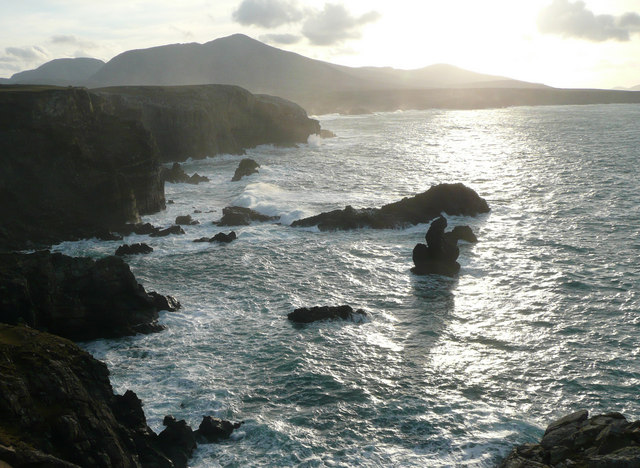
Sloc an Duilisg is a prominent coastal feature located in Ross-shire, Scotland. It is a headland or point that juts out into the sea, providing stunning views of the surrounding landscape. The name "Sloc an Duilisg" is Gaelic and translates to "the hollow of the blackthorn."
This headland is characterized by its rugged cliffs, which rise steeply from the sea, creating a dramatic and picturesque sight. The cliffs are composed of various rock types, including sandstone and granite, and are often covered in vibrant green vegetation, adding to the beauty of the area.
Sloc an Duilisg is home to a diverse range of plant and animal species. The cliffs provide nesting sites for various seabirds, including gulls, fulmars, and razorbills. Visitors may also spot seals basking on the nearby rocky shores. The surrounding waters are rich in marine life, making it an ideal spot for fishing and diving enthusiasts.
The headland is easily accessible via a well-maintained footpath that winds along the cliff edge. Along the path, visitors can enjoy breathtaking views of the open sea and the distant mountains. The area is also popular among hikers, who can explore the nearby coastal trails and enjoy the peacefulness of the Scottish countryside.
Overall, Sloc an Duilisg is a stunning coastal feature that showcases the natural beauty of Ross-shire. With its rugged cliffs, diverse wildlife, and panoramic views, it offers a memorable experience for nature lovers and outdoor enthusiasts.
If you have any feedback on the listing, please let us know in the comments section below.
Sloc an Duilisg Images
Images are sourced within 2km of 58.186082/-7.0956414 or Grid Reference NB0033. Thanks to Geograph Open Source API. All images are credited.
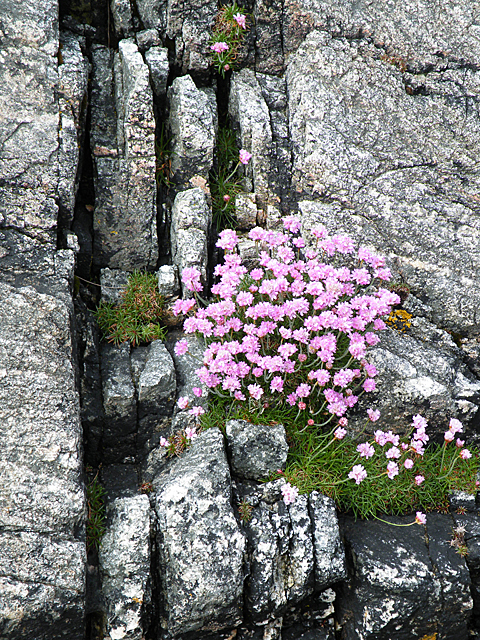
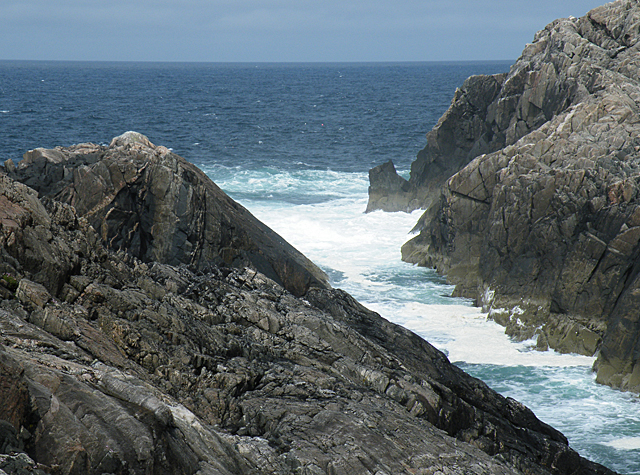

Sloc an Duilisg is located at Grid Ref: NB0033 (Lat: 58.186082, Lng: -7.0956414)
Unitary Authority: Na h-Eileanan an Iar
Police Authority: Highlands and Islands
What 3 Words
///leafing.diverts.steepest. Near Carloway, Na h-Eileanan Siar
Related Wikis
Stac Dhòmhnaill Chaim
Stac Dhòmnuill Chaim, or Stac Dhòmhnaill Chaim, or Stac Domhnuill Chaim, is a fortified promontory located near Mangursta (or Mangersta, Scottish Gaelic...
Abhainn Dearg distillery
Abhainn Dearg distillery ( AV-in JAIRG) or Red River distillery is a Scotch whisky distillery in Uig, on the west coast of the Isle of Lewis in the Outer...
Ardroil
Ardroil (Scottish Gaelic: Eadar Dhà Fhadhail) is a village on the Isle of Lewis in the Outer Hebrides, Scotland. Ardroil is within the parish of Uig....
Uig, Lewis
Uig (Scottish Gaelic: Ùig [uːkʲ]), also known as Sgìr' Ùig, is a civil parish and community in the west of the Isle of Lewis in the Outer Hebrides, Scotland...
Timsgarry
Timsgarry (Scottish Gaelic: Tuimisgearraidh) is a village on the Isle of Lewis, in the Outer Hebrides, Scotland. Timsgarry is home to the Baile na Cille...
Camas Uig
Camas Uig (Uig Bay) is a bay on the west coast of the Isle of Lewis, in the Outer Hebrides of Scotland. The Lewis Chessmen were discovered in the dunes...
Gasker
Gasker is a small uninhabited islet in the Outer Hebrides of Scotland, 8 kilometres (4+1⁄2 nautical miles) southwest of Scarp, off the west coast of Harris...
Aird Uig
Aird Uig (Scottish Gaelic: Àird Ùig) is a village on the Isle of Lewis, in the Outer Hebrides, Scotland. Aird Uig is within the parish of Uig, and is situated...
Nearby Amenities
Located within 500m of 58.186082,-7.0956414Have you been to Sloc an Duilisg?
Leave your review of Sloc an Duilisg below (or comments, questions and feedback).
